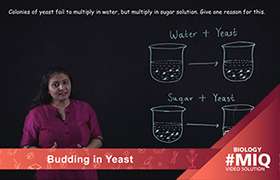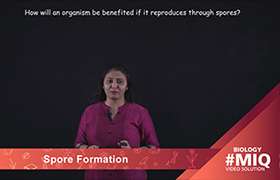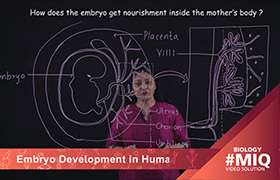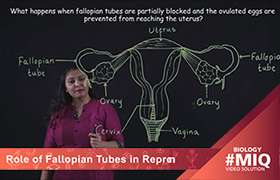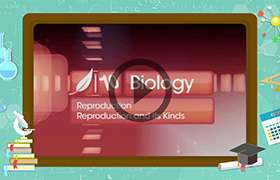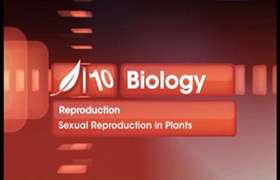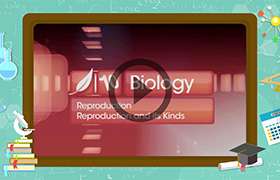CBSE Class 10 Answered
| Mitosis is nuclear division plus cytokinesis, and produces two identical daughter cells during prophase, prometaphase, metaphase, anaphase, and telophase. Interphase is often included in discussions of mitosis, but interphase is technically not part of mitosis, but rather encompasses stages G1, S, and G2 of the cell cycle. |
Interphase  |
| ||
Prophase  |
| ||
Prometaphase |
| ||
Metaphase |
| ||
Anaphase |
| ||
Telophase  |
| ||
Cytokinesis |
| ||
| In meiosis I, chromosomes in a diploid cell resegregate, producing four haploid daughter cells. It is this step in meiosis that generates genetic diversity. |
Prophase I 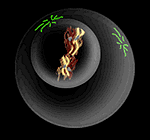 |
|
Prometaphase I  |
|
Metaphase I 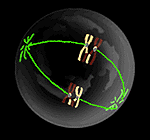 |
|
Anaphase I  |
|
Telophase I 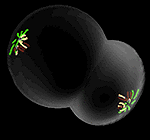 |
|
Cytokinesis 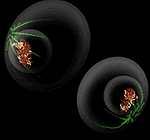 |
|
We hope that clarifies your query.
Regards
Team
Topperlearning

